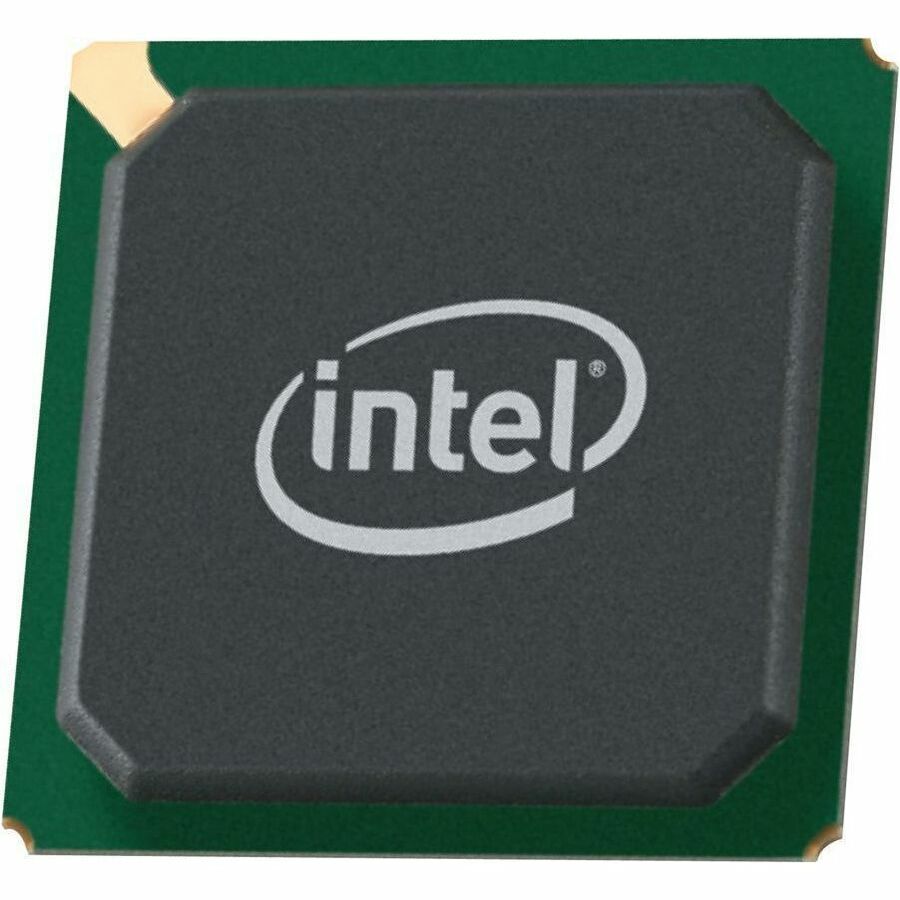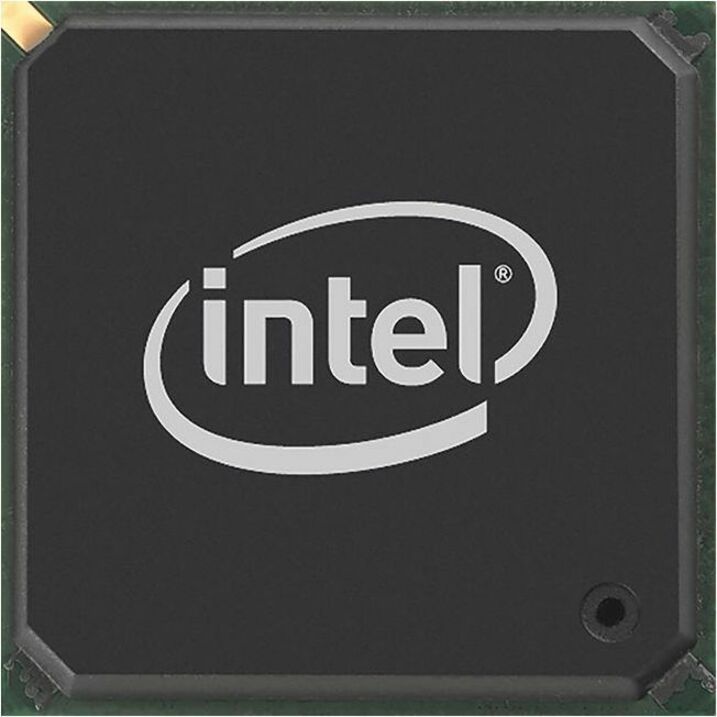Description
The Intel® Ethernet Controller I350 family builds on Intel's history of delivering Ethernet products with flexible design and in-box driver support. Run up to four 1 Gb ports with enhanced power saving and market-leading flexible I/O virtualization including VMDq and SR-IOV. Intel's software drivers and support are unmatched for virtual or non-virtualized environments.
Power Management Technologies
Today, companies are looking to decrease energy consumption across the enterprise to reduce costs and environmental impact, while also solving increasingly important power density challenges. That's why Intel has introduced new, advanced Power Management Technologies (PMTs) with the I350 that enable enterprises to configure its power options and more effectively manage power consumption.
Energy Efficient Ethernet (EEE)
The I350 supports the IEEE802.3az EEE standard so that during periods of low network activity, EEE reduces the power consumption of an Ethernet connection by negotiating with the switch port to transition to a low power idle (LPI) state. This reduces power to approximately 50% of its normal operating power-saving power on both the network and the switch ports. When increased traffic is detected, the controller and the switch quickly come back to full power to handle the increased traffic. EEE is supported for both 1000BASE-T and 100BASE-TX.
DMA Coalescing
Another PMT that will reduce power is DMA Coalescing (DMAC). Typically, when a packet arrives, DMA calls are made to transfer the packet within the server. These calls "wake up" the processor, memory and other system components from a lower power state in order to perform the tasks required to handle the incoming packet.
Based on the configurable DMAC settings, incoming packets are buffered momentarily before any DMA calls are made. This enables the controller to intelligently identify opportunities to batch multiple packets so that when components are wakened from lower power states they can efficiently handle all the batched packets at the same time. This enables components to remain in lower power states longer, which can dramatically reduce platform energy consumption. DMAC synchronizes DMA calls across all four ports to ensure maximum power savings.
These, and additional PMTs included with Intel® Ethernet, helps to more effectively manage your power challenges.
Multiple Integrated Interfaces
The family provides fully integrated gigabit Ethernet Media Access Control (MAC) and Physical-Layer (PHY), which has integrated power control components that can reduce board component cost and board layout space. The small package size increases board layout flexibility for all types of server and embedded designs. The family also provides fully integrated interface options to accommodate PHY front-access connectivity and SerDes back-plane connectivity in a single integrated package. The I350 Controller also has excellent thermal characteristics and operates at less than 1 W/port.
Flexible Design Configurations
The controller can be used for server system configurations such as rack mounted or pedestal servers, in an add-on NIC, in LAN on Motherboard (LOM) designs and for blade servers. In the latter case, the I350 can support up to four SerDes ports in a LOM design or on a blade mezzanine card.
The single-chip, low-power I350 can provide significant BOM savings by reducing support components (bridge chips, crystals, and EEPROMS) required when compared with dual-port or multiple single-port GbE designs. This type of design makes the I350 excellent for embedded applications (switch add-on cards and network appliances).
- Halogen-free dual- and quad-port gigabit Ethernet controller with multiple interface options
- Innovative power management features including Energy Efficient Ethernet (EEE) and DMA Coalescing for increased efficiency and reduced power consumption
- Flexible I/O virtualization for port partitioning and on-controller quality of service (QoS) of up to 32 virtual ports
- Extended management support including MCTP, NC-SI or SMBus interfaces supporting IPMI pass-through and OS2BMC
- Scalable iSCSI performance delivering cost-effective SAN connectivity
Payment & Security
Vos informations de paiement sont gérées de manière sécurisée. Nous ne stockons ni ne pouvons récupérer votre numéro de carte bancaire.


